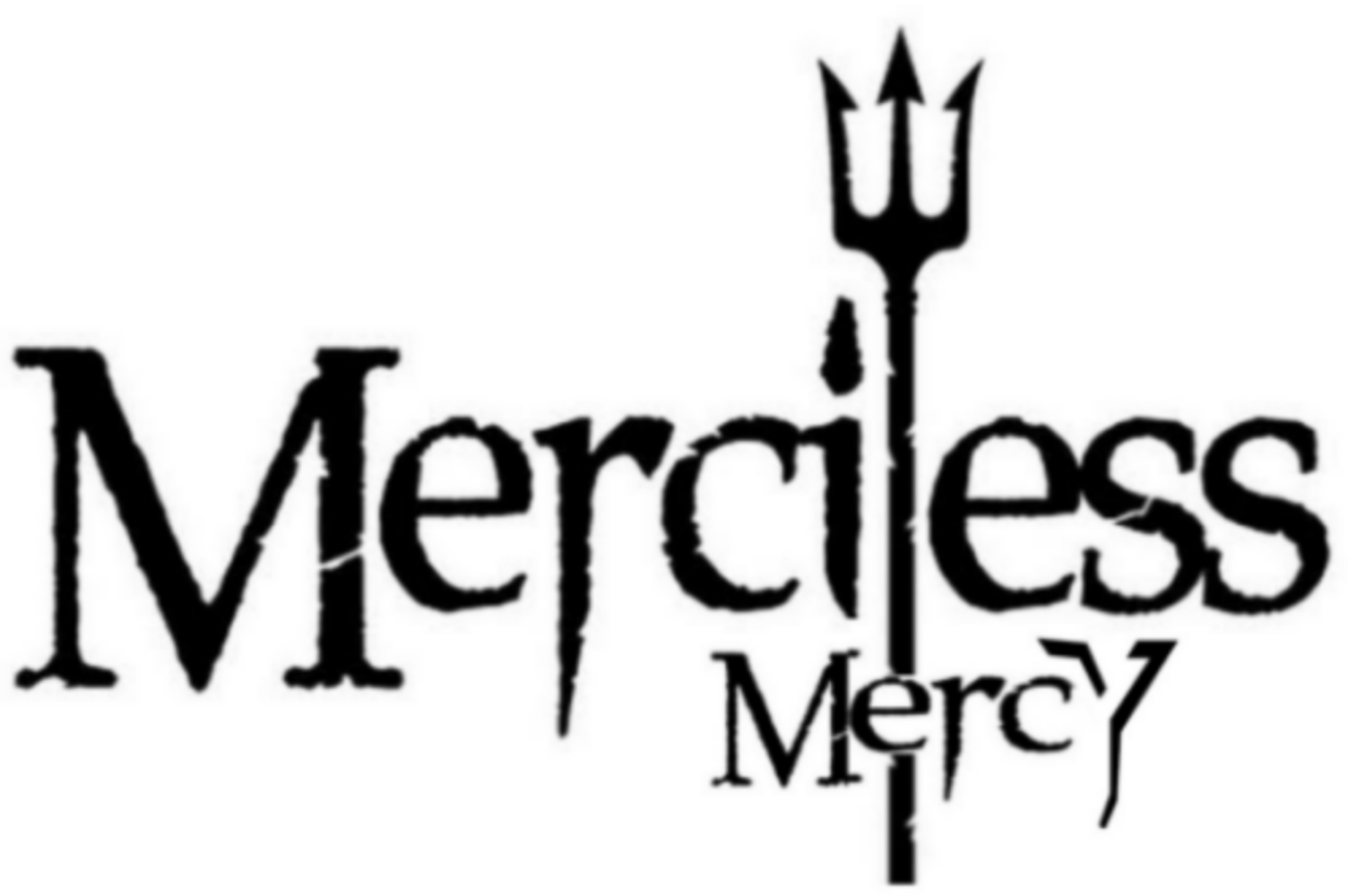Lighting is more than just functionality; it’s a key element in setting the mood and ambiance of a space. While store-bought fixtures offer convenience, creating your own lighting fixtures allows you to express your unique style and add a personal touch to your home. This guide will inspire you to unleash your creativity and transform ordinary materials into extraordinary light sources.
Safety First: Essential Precautions
Before embarking on any DIY lighting project, prioritize safety:
- Turn off the power: Always ensure the power is off before working with electrical components.
- Understand electrical wiring: Familiarize yourself with basic electrical wiring or consult a professional electrician if needed.
- Use appropriate tools: Employ the correct tools for the job, such as wire cutters, pliers, and screwdrivers.
- Ventilation: Work in a well-ventilated area when using paints, stains, or adhesives.
Materials and Tools
Gather essential materials and tools for your DIY lighting projects:
- Light sockets and cords: Purchase these from a hardware store or online.
- Wire cutters and strippers: For safely handling electrical wires.
- Electrical tape: To secure wire connections.
- Screws, nuts, and washers: For assembling fixtures.
- Pliers and screwdrivers: For various assembly tasks.
- Creative materials: This can include anything from glass jars to metal pipes, depending on your project.
DIY Lighting Project Ideas
- Industrial Chic Pendant Lights: Repurpose metal pipes or plumbing fixtures into stylish pendant lights. Add Edison bulbs for a vintage touch.
- Rustic Mason Jar Chandeliers: Create a charming and eco-friendly chandelier using mason jars. Decorate the jars with paint, lace, or twine.
- Geometric Shadow Play: Construct geometric frames using wood or metal and attach light sockets for a modern and minimalist look.
- Recycled Bottle Lamps: Transform empty wine or beer bottles into unique lamps. Paint the bottles or decorate them with twine or fabric.
- Paper Lantern Magic: Create ethereal and soft lighting with paper lanterns. Experiment with different shapes and sizes for a personalized look.
- Upcycled Drum Shade Lamps: Repurpose an old drum or tambourine into a unique lampshade. Decorate it with paint, fabric, or embellishments.
Step-by-Step Guide to Building a DIY Pendant Light
- Gather Materials: Collect the necessary materials, including a light socket, cord, wire, lampshade, and any decorative elements.
- Prepare the Cord: Cut the cord to the desired length and strip the ends for wiring.
- Connect the Wiring: Carefully connect the wires from the light socket to the cord, following electrical safety guidelines.
- Attach the Shade: Secure the lampshade to the light socket using the provided hardware.
- Install the Fixture: Mount the ceiling canopy and attach the pendant light to the electrical box.
Tips for Success
- Plan and Sketch: Visualize your project by creating sketches or drawings.
- Experiment with Materials: Don’t be afraid to try different materials and techniques.
- Safety First: Always prioritize safety when working with electricity.
- Consider the Room: Choose lighting that complements the style and ambiance of the room.
- Incorporate Personal Touches: Add your unique style with paint, fabric, or other decorative elements.
Styling Your DIY Lighting Fixtures
To maximize the impact of your DIY lighting fixtures, consider these styling tips:
- Create a Focal Point: Place your most striking fixture in a prominent location.
- Layer Lighting: Combine different types of lighting, such as overhead fixtures, table lamps, and floor lamps, for a layered effect.
- Experiment with Bulb Types: Different bulb types (incandescent, LED, filament) can create distinct atmospheres.
- Play with Shadows: Utilize the shadows cast by your fixtures to create interesting visual effects.
- Maintenance: Regularly clean your light fixtures to maintain their appearance and ensure optimal performance.
DIY lighting fixtures offer a fantastic opportunity to add a personal touch to your home while saving money. By following these guidelines and letting your creativity shine, you can create stunning and unique lighting solutions that transform your living spaces.
